Violation of the passability of the sewer system is a problem faced by almost all owners of apartments and private houses. Naturally, the question of how to remove a blockage in a sewer pipe with your own hands is always relevant. There are several ways to solve it, and which one to choose depends on the specific situation. It is important to approach the problem competently.
The main causes of blockages
- Accumulation of fatty deposits on the walls. The fat is mixed with other substances of different consistency, reducing the lumen of the line. Such blockages are found on all types of pipes.
- Corrosion of metals under the influence of aggressive components of wastewater. It is characteristic only for metal pipes.
- The gradual accumulation of solid sediments falling from food and other household waste, flushed down the toilet.
- Salt deposits with increased water hardness.
- Freezing of water in the pipe.
Mechanical blockages cause many problems. They are caused by large debris entering the pipeline. Most often, the blockage is formed from rags, paper, various fibrous substances, as well as hair. Biological plugs are caused by food waste and human waste.
Finally, in a number of cases, technogenic blockages are detected. The reason for their appearance is associated with improper installation of pipes (small bending radius, joints of pipes of different diameters, poor-quality welding, etc.). Defects appear on a poor-quality section, which slow down the movement of the drain and attract its components.
How to determine the location of the blockage
- Local. The drain is disturbed in one of the plumbing devices (toilet, sink, sink, bath).
- General. Water does not leave several devices connected to one sewer pipe.
- Global. The operation of all devices is disrupted, and the blockage is located in a common riser or at the place where a discharge, apartment pipe is entered into it.
The approximate location of the blockage is very easy to determine. After detecting a problem in one plumbing fixture, the operation of other devices is checked one by one. Most critical points: siphons, tees, pipe connections, bends, bends. If a global blockage is detected, then a professional plumber should be called.
You can easily clean local blockages on your own. In principle, it is possible to eliminate a common problem when it concerns several devices on the same pipe. The exact location of the plug can be determined by gently pushing the steel wire into the pipe. Having reached the blockage, the movement will slow down, and then it is enough to measure the length of the submerged section of the wire and measure it on the pipeline.
Chemical and mechanical pipe cleaning
There are several mechanical and chemical ways to remove the plug with your own hands. They are selected in a specific situation, depending on the type of blockage, its location and size.
Mechanical methods
- Ventuz. This simple device is a must have in every apartment. It is a rubber hemisphere attached to the handle.The rubber element tightly covers the drain hole of the plumbing fixture. With the help of the handle, 10-15 vertical movements are carried out without detaching the hemisphere from the surface. A vacuum is created inside it, which draws in the clogging particles. This method is very effective when the plug is located in close proximity to the drain hole.
- Steel wire. You can use a hard wire with a diameter of 3-5 mm. It is gently pushed into the pipe until it reaches the plug. Further, there are periodic longitudinal (back and forth) and circular movements. If there is a significant blockage, the wire is periodically removed from the pipe to remove the stuck substances. A hook is formed at the end of the wire to remove fibrous materials (e.g. rags). This method allows you to remove blockages at a distance of several meters.
- Cable. The most effective tool for mechanical cleaning is a plumbing cable. It has a spiral texture and ends with a special nozzle. A handle is installed at the opposite end. The cable is inserted into the pipe until it reaches the blockage point. With the help of the handle, rotational movements are made, which allows the nozzle to penetrate and destroy the plug.
For complex, large blockages, far from the drain hole, a plumbing cable is most suitable. In the absence of it, it is better to call a professional.
Chemical methods
Cleaning is carried out in the following order:
- The required amount of liquid agent is poured into the drain hole. The dosage is indicated in the instructions.
- Water is poured in an amount of 500-600 ml.
- Exposure is provided for 12-20 minutes (according to the instructions).
- The pipes are flushed with water. You will need at least 20-25 liters.
One of the most common remedies is "Mole" based on alkali. It is prepared in a concentration of 2 tbsp. spoons in 200 ml of warm water. The following compositions have proven themselves well: Domestos, Mr. Muscle, Toffix.
At home, you can make a traditional cleaning product. The following compositions are popular:
- A solution of salt and soda. Recipe: salt and soda (100 g each) for 1 liter of water.
- A solution of soda and vinegar in a similar ratio.
- Soda with boiling water: 200 ml of soda per 1 liter of boiling water.
Important! Chemicals are not suitable for old cast iron pipes, causing accelerated corrosion.
Prophylaxis
Timely preventive measures avoid major problems. The following recommendations will help with this:
- flushing pipes with boiling water (once every 10-15 days);
- installation of a grease separator with a siphon;
- exclusion of throwing household waste into the toilet;
- installation of grids on drainage holes.
For both cast iron and plastic pipes, periodic flushing with an aqueous solution of soda and vinegar is considered effective protection. There are also special prophylactic agents in the form of gels, which can be purchased at a specialized store.
Sewer pipe blockages are unpleasant, but you can deal with them yourself. For tight plugs, it is better to use mechanical cleaning methods. Chemicals are good for fat and salt accumulations. Preventive measures allow you to ensure the reliable operation of the sewage system and increase the service life of the pipes.

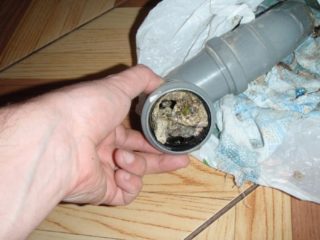
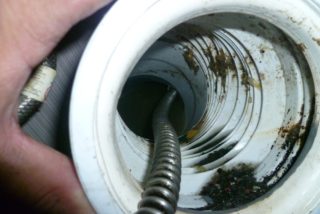
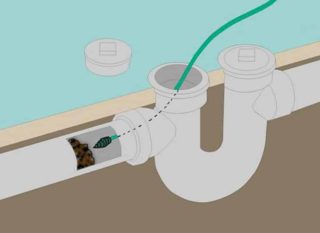

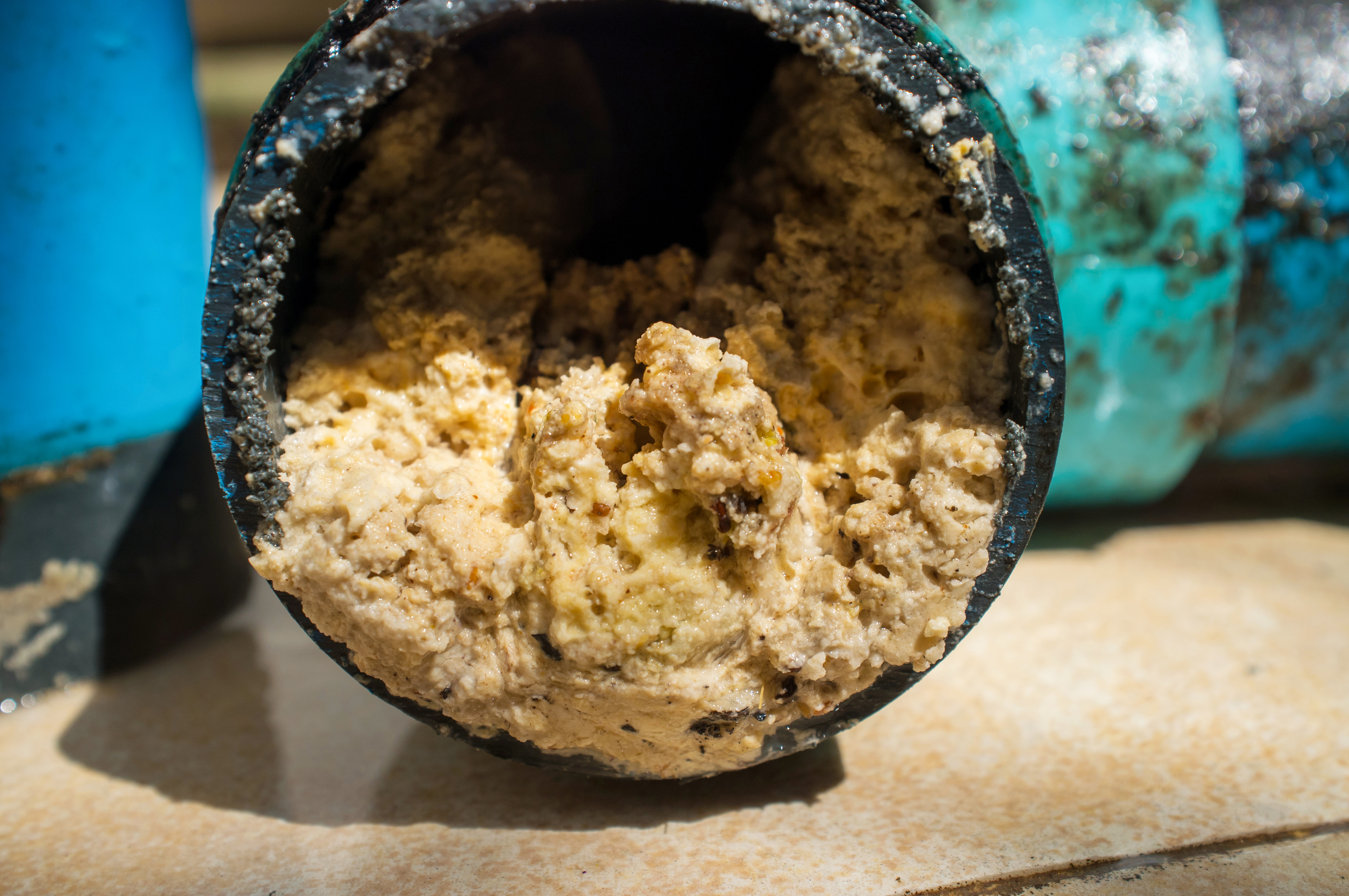
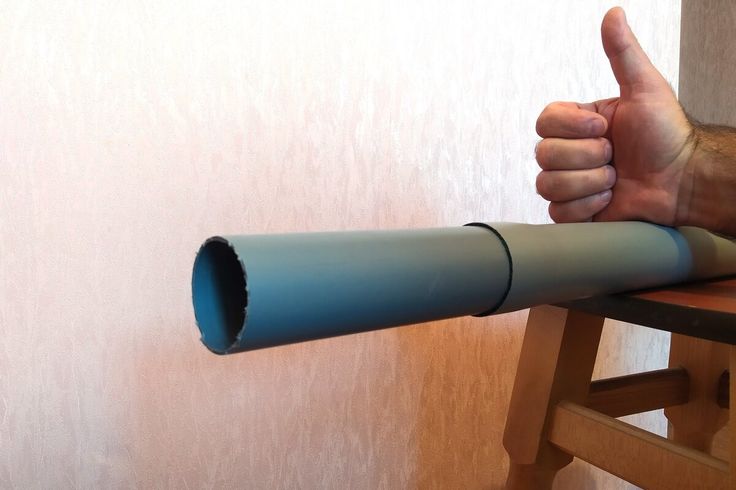
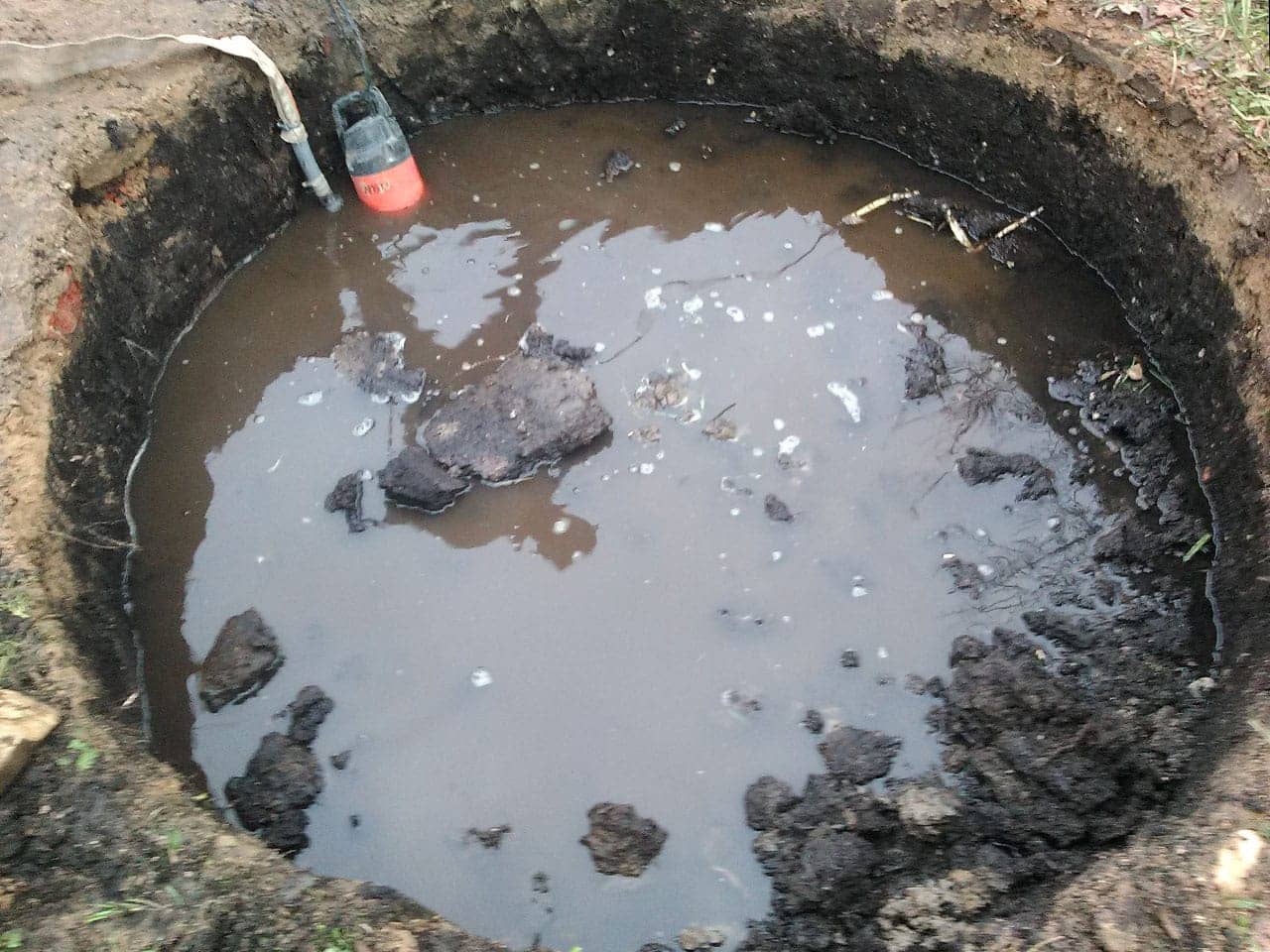
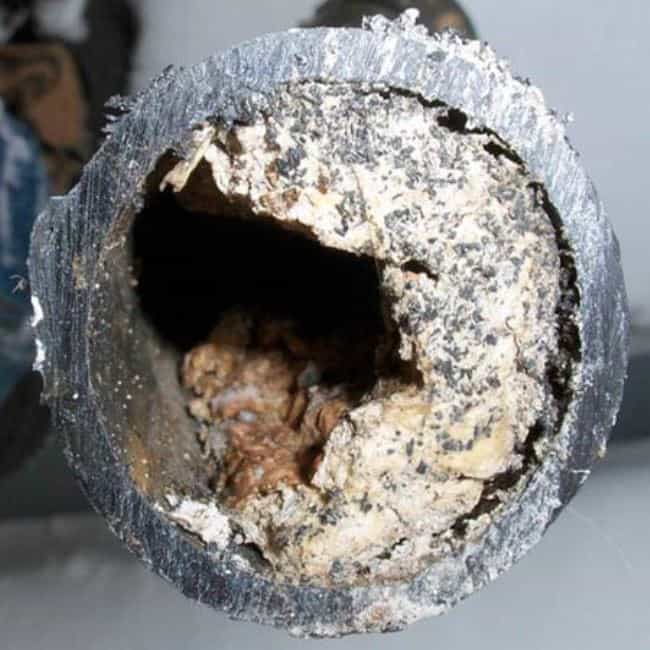
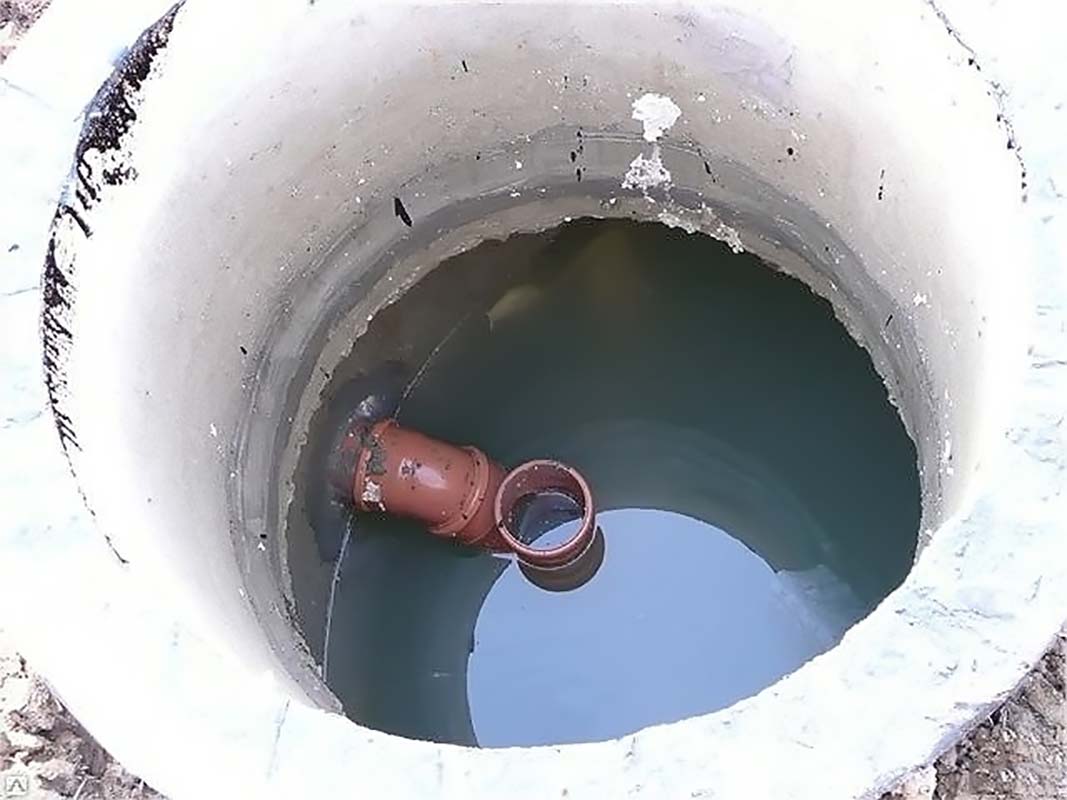
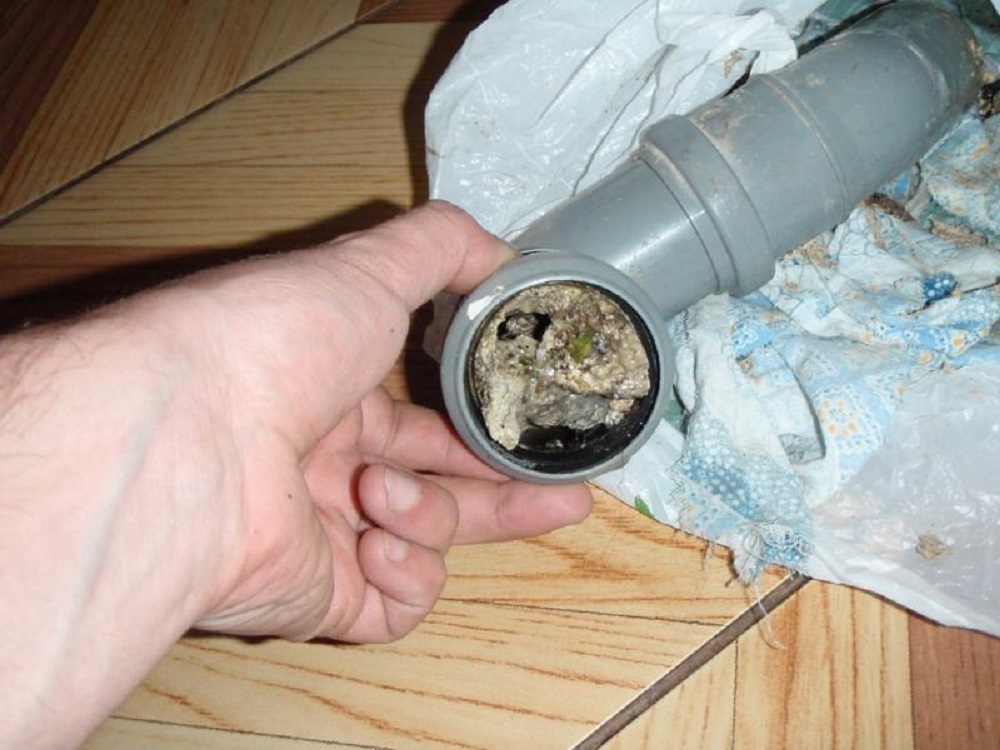
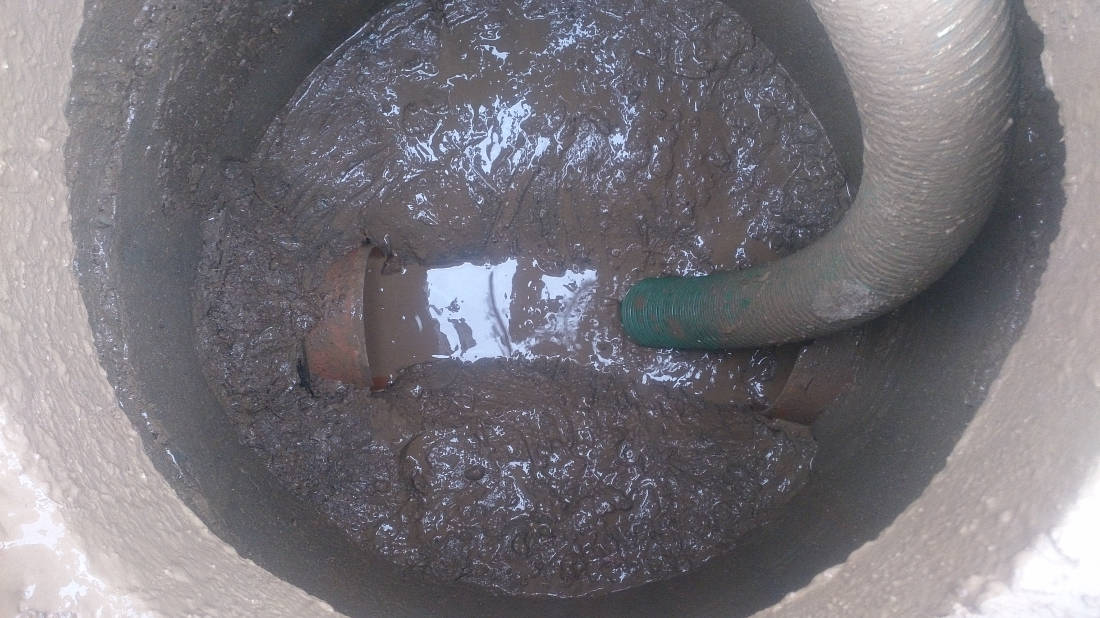
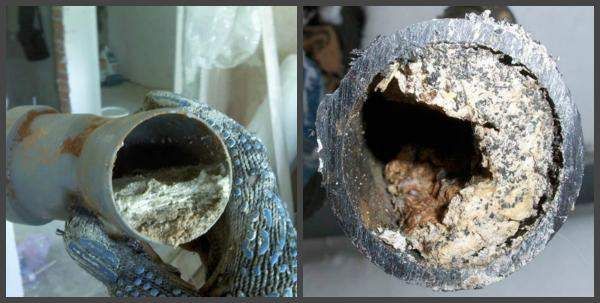
I disassemble the pipes and use a mop to push out the dirt always, nothing else